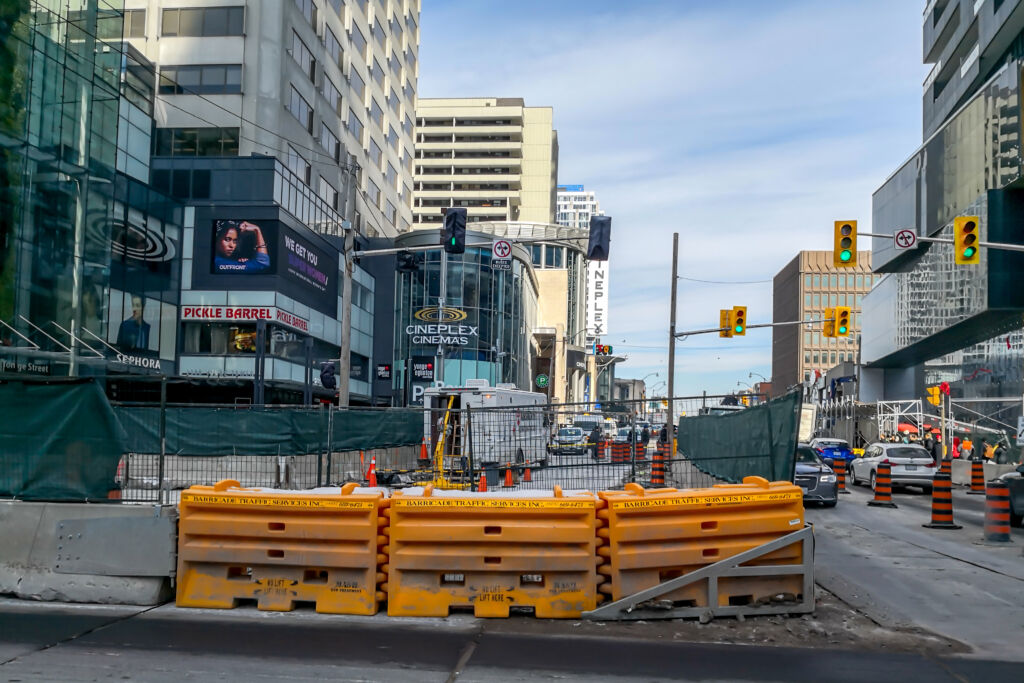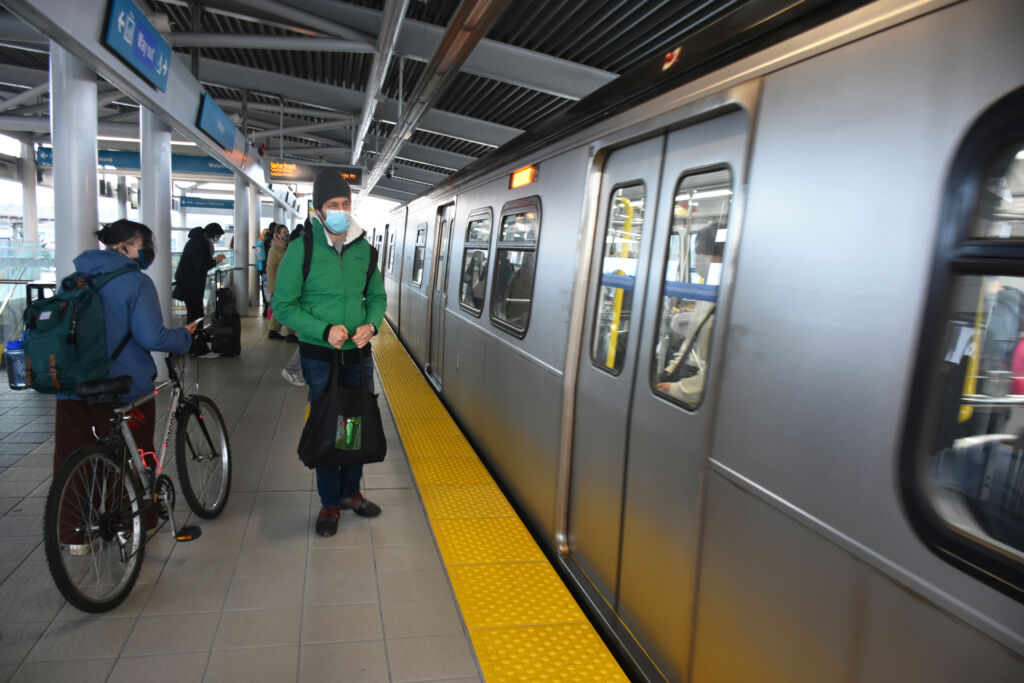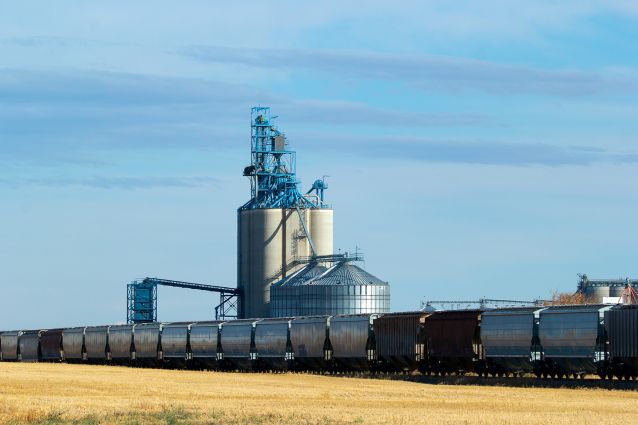The significant erosion of Canada’s public transit systems by Liberal and Conservative governments intent on slashing public services in the name of fiscal prudence is not new nor simply a feature of the COVID-19 pandemic. This process has been ongoing for decades and can be summed up in a single phrase: “first they cut it, then they criticize it, then they privatize it.”
First they cut it, then they criticize it
The pandemic has served as a useful tool for the first two phases of the phrase, providing a convenient cover for transit agencies and local and provincial governments who have always looked for excuses to “find efficiencies” and cut “unnecessary” neighbourhood routes that may have otherwise seen more significant community protest.
It is not untrue that the pandemic has led to a significant downturn in transit ridership. According to Statistics Canada, from April 2020 to May 2021, ridership across the country fell to around 40% of pre-pandemic levels. Quebec, Ontario and Alberta were particularly hard hit, as more workers in these provinces transitioned to remote work during this period (29.5%, 36.0% and 26.7% respectively). As a result, all three provinces experienced lower ridership levels during this period, closer to 30% of pre-pandemic levels.
In response to this drop, many transit agencies and local governments have decided almost unilaterally to cut services and slash routes. As they see it, a bus with one or two people on it does not necessitate a practical use of resources. From a profit motive this can be true. If we treat public transit in practical terms, however, as the public service that it is, this makes little sense. People will always need public transit, regardless of how high ridership is. If fewer people are calling the fire department in any given month, cities do not shutter the fire house. Similarly, we do not charge people for entry to public parks if there are fewer visits or put quarters in our street lights to keep them on. The same should be true of public transit, an equally vital public service.
Governments and transit agencies have argued that their “cost-cutting” measures are only temporary and that they will have little long-term effect on the country’s transit systems. Historic data paints a different picture.
Governments have been trying to prove their commitment to the principles of frugality and austerity for decades…inching closer to privatization of our transit systems, year after year.
When ridership began to fall in Ontario in 1990 as a result of an economic recession, the provincial government, under Mike Harris in concert with the Toronto city government, decided to slash operating funding. The Toronto Transit Commission (TTC) responded by cutting its service, taking more than 230 buses and 60 streetcars off the road. Canadian Urban Transit Association (CUTA) research shows that, by 1996, transit ridership was 19% lower than what it was in 1990 and would take another eighteen years to fully recover.In the current context, we are already seeing the results of cuts to service in the form of unsafe, overcrowded buses that make it even easier for a highly transmissible and deadly virus to spread, while essential workers who rely on transit are being left behind as their neighbourhood routes continue to be cut in the name of “efficiencies.”
Then they privatize it
While governments continue to “cut and criticize” their way through the pandemic, the third part of this process, “privatize it” is already well underway.
Governments have been trying to prove their commitment to the principles of frugality and austerity for decades—often at great risk to marginalized communities and workers—inching closer to privatization of our transit systems, year after year. One of the primary ways they have been achieving this is through the use of public-private partnerships (P3s).
P3s emerged from the neoliberal turn towards market-based solutions, which began in the 1970s but took hold in Canadian political thought and policies beginning in the 1990s and 2000s. Governments touted P3 projects as a way to build infrastructure without increasing public debt, as the private sector partner would bear the risk and deliver better results. The argument for P3 projects, sometimes referred to as Alternate Funding Procurement (AFP), is that they deliver projects “on time and on budget.” This has made a compelling case for austere governments, particularly in Canada’s largest province. Since 1991, 50% of all P3 projects in Canada have been in Ontario. Despite what it has promised time and again, the P3 model has ultimately ended up increasing fees for service and accelerating the privatization of public services.

Nowhere is the use, and failure, of the P3 model more apparent than in Canada’s public transit system. Ottawa’s Light Rail Transit system, Vancouver Translink’s Canada Line, the Union-Pearson Express Line, and the Eglinton Crosstown LRT (still under construction) are all P3 projects. Despite the assertion that P3s deliver on time and on budget, all of the projects listed here experienced significant cost overruns. With the exception of the Canada Line, they all also missed deadlines repeatedly. While the Canada Line did not overrun its timeline, its P3 structure limited public input into its construction plan. As a result, many residents and businesses in the Cambie Street corridor experienced a multi-year disruption when the winning bid opted to use cut-and-cover construction, rather than a bored tunnel to build the tunnel from 2nd Avenue to 64th Avenue. The Eglinton LRT is currently a full year behind schedule, after falling behind on their construction schedule in 2017. In addition to not meeting the agreed upon schedule, the Ontario Auditor General reported that the P3 contract for the project did not fully transfer the responsibility for risk to the contracted parties and as such, “In August 2018, Metrolinx settled the AFP consortium’s claim against it, paying the AFP consortium $237 million.”
As the cracks in P3s continually reveal themselves, communities and municipalities across the country are waking up to the risks associated with this model and pushing back.
Building transit infrastructure is not the only way the P3 projects are introducing creeping privatization into our public transit systems. Presto, is the P3 fare collection system that riders in 11 transit systems throughout Ontario interact with. Initially, the TTC attempted to adopt an open-source fare system that was more cost effective. In response, the Province threatened to withdraw gas tax revenues, and funding for new streetcars and the Eglinton Crosstown LRT if the TTC didn’t implement the privately owned Presto system.

A 2019 Toronto Auditor General’s report concluded that the TTC’s estimates of lost revenues due to faulty Presto devices, which amounted to $3.4 million in losses in 2018, were not overstated and “may even be understated.” Despite the relationship with Accenture, the private company that oversees Presto, being flagged as problematic by multiple government watchdogs and the transit agency board, the company’s original 10-year, $232 million contract that began in 2006 was extended again in December 2021. The extension was not because the service that Accenture provides is exceptional or even adequate, but because Metrolinx acknowledged that at this juncture, removing Presto would be too risky. Since its inception, the contract has ballooned in value to more than $1.7 billion, and has now been extended to 2025.
But there’s hope on the horizon. As the cracks in P3s continually reveal themselves, communities and municipalities across the country are waking up to the risks associated with this model and pushing back. Recently, the Amalgamated Transit Union (ATU) Local 569 in Edmonton organized to lobby the City of Edmonton to reverse their July 2021 decision to privatize 100 transit cleaner jobs. The local collected more than 1,500 member signatures (approximately 70% of the bargaining unit) and ran a social media campaign to raise awareness about the planned privatization and build support for the call for cancellation. This is an important win for transit workers in Edmonton, where service for 37 neighbourhoods has been contracted out to a privatized bus service, Pacific Western.
Ahead of Hamilton committing to its LRT plan, in 2017 then-city councillor Matthew Green advocated for Hamilton Street Railway operating and maintaining the system. Green’s proposal was met with a groundswell of support that included a “Keep Transit Public,” rallies, and a petition that collected over 5,000 signatures in support of an HSR-run LRT. This past September, the City opted to sign a deal with Metrolinx, which will result in an AFP project.
Transit systems will play a vital role in Canada’s fight against climate change. While ground has been ceded to private interests through P3 projects, we can work to ensure that green infrastructure built over the coming years is not co-opted by private interests in the name of profit. These are our systems, for the good of the public. It’s time to demand the transit systems that we deserve, that invest in our community by providing safe, reliable service, good jobs and sustainable transportation options.








